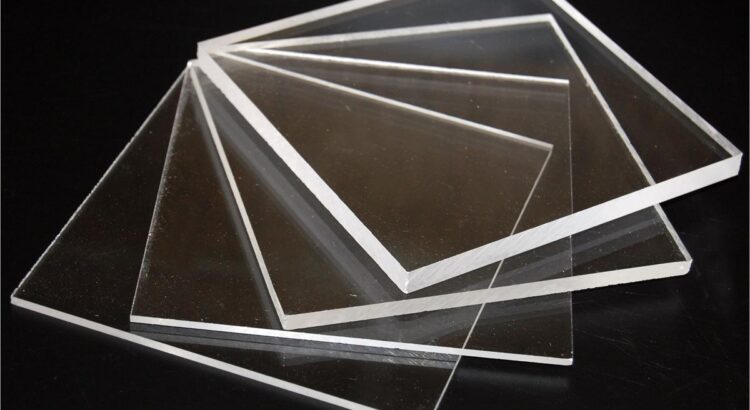Acrylic print wall art is gaining massive popularity, and acrylic wall art is almost a must for every home. Acrylic sheet is a type of plastic with various benefits over ordinary Glass and may be utilized in various applications. When deciding on Glass or acrylic for picture frames, it’s important to understand what both materials bring to the table.
What is a Glass?
Glass is quite fragile and heavy, especially when using Glass for picture frames that will house larger prints and photos. However, Glass is also incredibly resistant to scratches and scuffs, and it’s easy to clean. Glass is nearly transparent, though it can have some tints to it, as well.
Compared to acrylic, Glass has a clear visual advantage. Glass admits a bit more light since it is more transparent than an acrylic sheet. Even if the difference is little, in some circumstances, it might be crucial. Glass also has the advantage of not being UV sensitive, as acrylic sheets can occasionally fade after prolonged exposure to strong sunlight.
What is Acrylic?
Acrylic, commonly known as plexiglass, is a form of shatter-resistant, flexible plastic that is robust and difficult to break, whereas Glass is readily damaged and possibly harmful. Acrylic is also more translucent than Glass.
One of its most significant advantages is that acrylic is both lighter and significantly stronger than Glass. This material is favored for DIY projects since it is simple to work with and won’t break. As much light as genuine Glass may travel through, and clear acrylic is equally incredibly transparent. In addition to being extremely durable, the acrylic sheet will not deteriorate with time or change color. Finally, it’s beneficial to know that acrylic sheet is far less expensive than regular Glass.
Why is acrylic significantly better than Glass?
- Glass is heavier than acrylic, making hanging framed paintings more difficult and dangerous. The combined weight of the artwork, the frame, the mat, the Glass, the mounting board, and the extras might be rather substantial.
- Because not all walls are made equal, when acrylic is used in place of Glass, the chance of artwork “dismounting” from the wall because of the weight of the frame package is reduced.
- Acrylic exhibits outstanding archival properties. It can be acid-free, and certain varieties can block up to 99% of the damaging UV radiation that can, over time, shame and fades artwork.
- Acrylic is unbreakable too. Therefore, if a frame box containing Glass accidentally falls, oh no. Dangerous and bad for the artwork being framed since shattered Glass can harm the artwork.
- Anti-static acrylic is also available, so frame pastel or charcoal artwork is frequently and highly advised to use acrylic. Both can produce dust, flakes, and powder during and after framing. The acrylic won’t adhere to the debris since it is anti-static.




